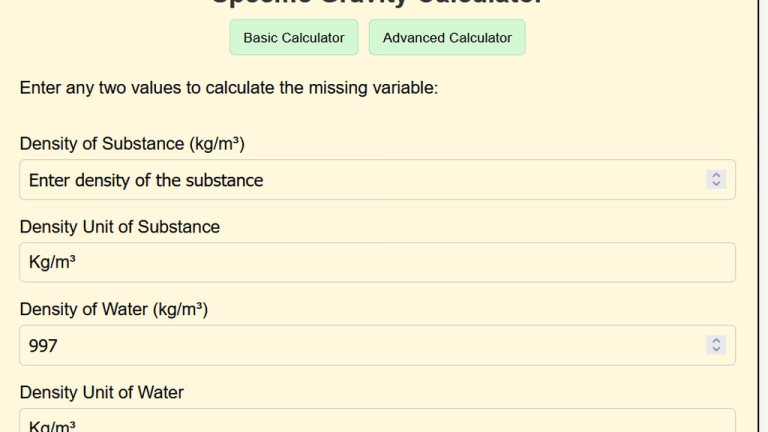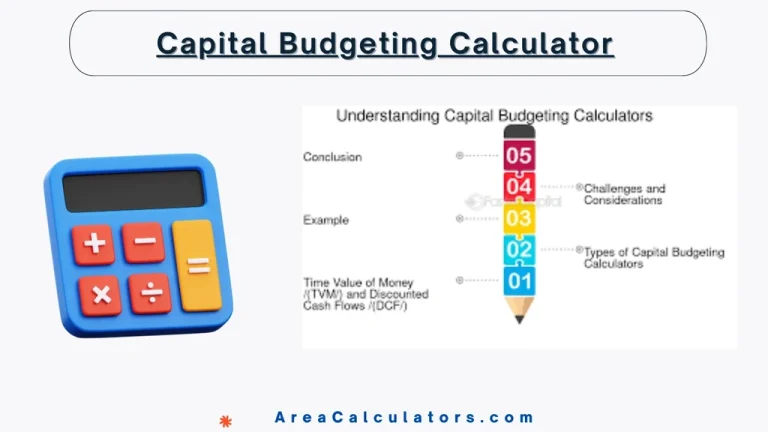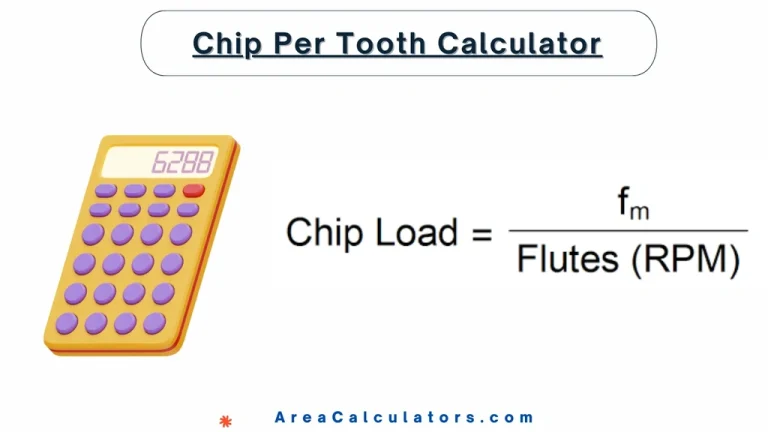Probability Density Calculator
To calculate probability density, use the given formula that incorporates the mean (μ), standard deviation (σ), and the value (x). Plug the values into the formula to compute the probability density at a specific point.
The Probability Density Calculator is ideal for calculating the probability density function (PDF) of a continuous random variable. This calculation is essential in statistics, data analysis, and probability theory for assessing the likelihood of outcomes within a specific range.
It supports evaluating PDFs for normal distributions and other types, enabling deeper insights into distributions. This tool is indispensable for statisticians, researchers, and students needing precision in their probability assessments.
Formula
f(x) = 1 / (σ * √(2π)) * e^(-(x−μ)² / (2σ²))
| Variable | Description |
|---|---|
| f(x) | Probability density at value x |
| x | Value for which probability density is calculated |
| μ (mu) | Mean of the distribution |
| σ (sigma) | Standard deviation of the distribution |
Solved Calculations
Example 1:
| Input | Value |
|---|---|
| Value (x) | 5 |
| Mean (μ) | 4 |
| Standard Deviation (σ) | 2 |
| Formula Used | f(x) = 1 / (σ * √(2π)) * e^(-(x−μ)² / (2σ²)) |
| Result | 0.17603 |
| Answer: The probability density is 0.17603. |
Example 2:
| Input | Value |
|---|---|
| Value (x) | 10 |
| Mean (μ) | 8 |
| Standard Deviation (σ) | 3 |
| Formula Used | f(x) = 1 / (σ * √(2π)) * e^(-(x−μ)² / (2σ²)) |
| Result | 0.10648 |
| Answer: The probability density is 0.10648. |
What is the Probability Density Calculator?
The Probability Density Calculator is a specialized tool. It is used to evaluate the likelihood of a continuous random variable falling within a specific range. It is particularly useful in statistics, physics, and data analysis to compute and analyze probability density functions (PDFs) for various distributions, such as normal, uniform, and exponential distributions.
This calculator simplifies complex calculations by offering quick solutions to problems like determining the mean, variance, or median of a PDF. It assists in plotting probability density curves, deriving marginal PDFs from joint distributions, and computing probabilities from cumulative distribution functions (CDFs).
With an easy-to-use interface, the tool addresses diverse needs such as generating graphs of probability density functions, calculating probabilities for continuous random variables, and understanding the relationships between variables in joint distributions.
Final Words:
In summary, the Probability Density Calculator is a reliable and versatile tool for statistical and mathematical analysis. It provides accurate results while simplifying the computation of probability density functions across various scenarios.




